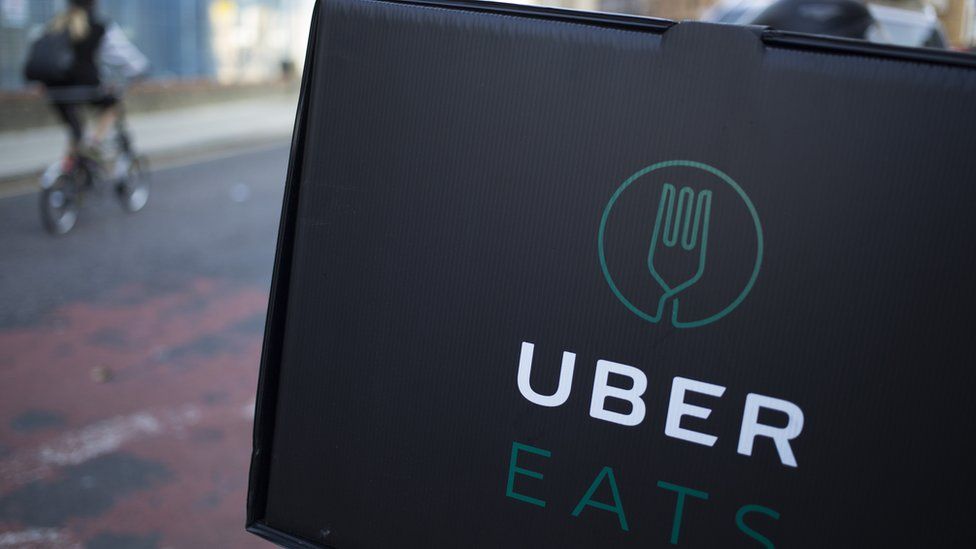
National Living Wage has risen by 26% in four years
The national living wage (NLW) rose by 26% between April 2015 and April 2019, more than twice the 12% increase in median hourly pay for NLW eligible workers, and faster than inflation (8%). This is according to the government’s Low Pay Commission (LPC), which reviewed the NLW until April 2020, at which point it reached the government’s initial target of 60% of median earnings.
The findings reveal that while households with an NLW worker saw earnings increase faster than for other households, at 30% compared to 20% from 2015/16 to 2019/20, their overall income levels increased at the same rate. Minimum wage workers were less likely to move employers, but continued to progress onto higher pay. Each year, around 40% to 50% of minimum wage workers saw a pay increase that moved them off the minimum, whether with the same employer and job or a different one. The NLW temporarily reduced the number of workers progressing off the minimum wage in 2016, but rates returned to normal levels from 2017 to 2019.
The report also found that the NLW had reduced gender and ethnicity wage gaps at the bottom level of pay distribution. As women are more likely to be paid the NLW, the increases have also increased their pay more than men’s.
The gender pay gap at the 20th percentile fell from 9% in the first quarter of 2016 to 7% in the first quarter of 2020. Meanwhile, in the first quarter of 2020 the hourly pay range at the second decile by ethnicity was 8.7%, compared with 15% in the first quarter of 2016.
Bryan Sanderson, chair of the LPC, said:
“As we continue to push the minimum wage towards its new target, it is important we learn the lessons of recent history. This review is a timely reminder of the policy’s achievements, as well as its limitations. The national living wage can be a judged a success in reducing pay inequality, and fears around job losses did not come to pass. Today’s report emphasises the need for a balanced and flexible approach in supporting both, of which the minimum wage is an important, but not the only part.”
Interestingly, the LPC found no evidence that the National Living Wage has increased productivity, which was originally part of the government’s aims to “encourage a model of higher pay and higher productivity”.
The NLW has not increased productivity growth in the industries and regions most affected by the NLW, as improving productivity often requires investment, which is costly. While larger businesses were more likely to expand their investment in response to the NLW, smaller employers were increasingly likely to report they were cutting investment to pay for NLW increases.
Even those who had the resources to invest said there is no guarantee that it will ‘pay off’, and it is viewed as uncertain and risky. Technological changes are not always liked by customers, and they can be inflexible.
This may be why some have fallen back on ‘work intensification’ – making staff work harder – to improve productivity. A significant minority of firms have opted to give staff more tasks, require more flexibility on hours, tighten restrictions on absenteeism, increase the pace of work or raise performance standards. Work intensification may boost productivity for some firms, but the Commission has found no evidence of it increasing productivity for the industries and regions most affected by the introduction of the NLW.







